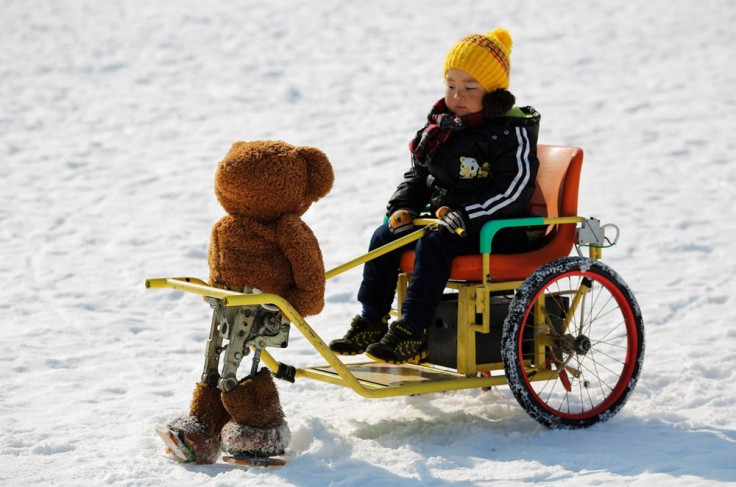Remote-Operated Teddy Bear Brings Happiness To Children In Hospital [WATCH]

A robotic teddy bear has become a part of a study in a hospital to see if it can alleviate pain and anxiety in child residents. The remote-operated teddy named Huggable can talk and play with patients, as reported in The New York Times.
Huggable is a collaborative work of Dr. Peter Weinstock, director of the Simulator Program at the Boston Children’s Hospital, and Cynthia Breazeal, MIT’s director of personal robots group. The study aims to find out if the robotic bear will therapeutically help 90 children who stayed for longer periods in the hospital.
The Huggable was designed to become a robotic companion that brings fun and interaction, MIT media reports. In the on-going study, the first group of thirty hospital children were given the bear to play with; the second group of thirty were given the robotic bear’s image through a tablet to interact with. The remaining children were given a regular stuffed bear to play with.
The participants are videotaped and they also wear a special bracelet called the Q Sensor, which measures any physiological changes as they interact with the bear. According to reports, the hospital is currently gathering and analysing data with help coming from Northeastern University researchers.
The main goal of Huggable is to make children feel happier during their long stay in the hospital. Currently, doctors are being more responsive to their patients’ psychological well-being, especially children. Weinstock told NY Times that they know happy children will feel better and “it can have a big effect on healing.”
Sources report that the hospital has already invested half a million dollars for social robotics research, which includes Huggable. If the program works, teddy bears can be used in new ways.
Brezeal told NY Times that the team can already see Huggable become a part of a standard therapy for children. “It’s not only the health and emotional and recovery benefits, but also logistical and financial, improving efficiency to the overall health system,” she said.
Source: The New York Times
To report problems or leave feedback on this article, email: wendylemeric@gmail.com.





















